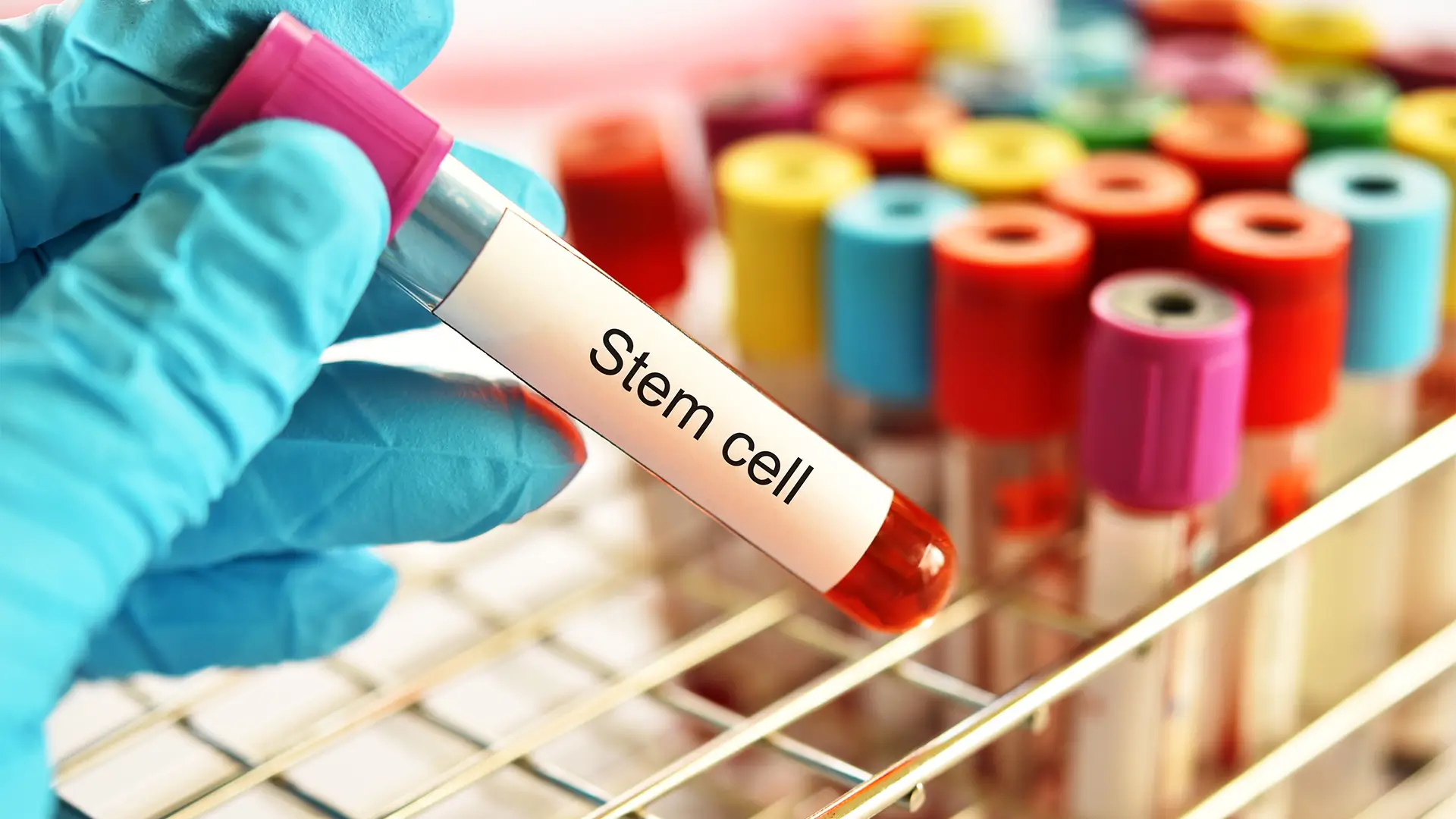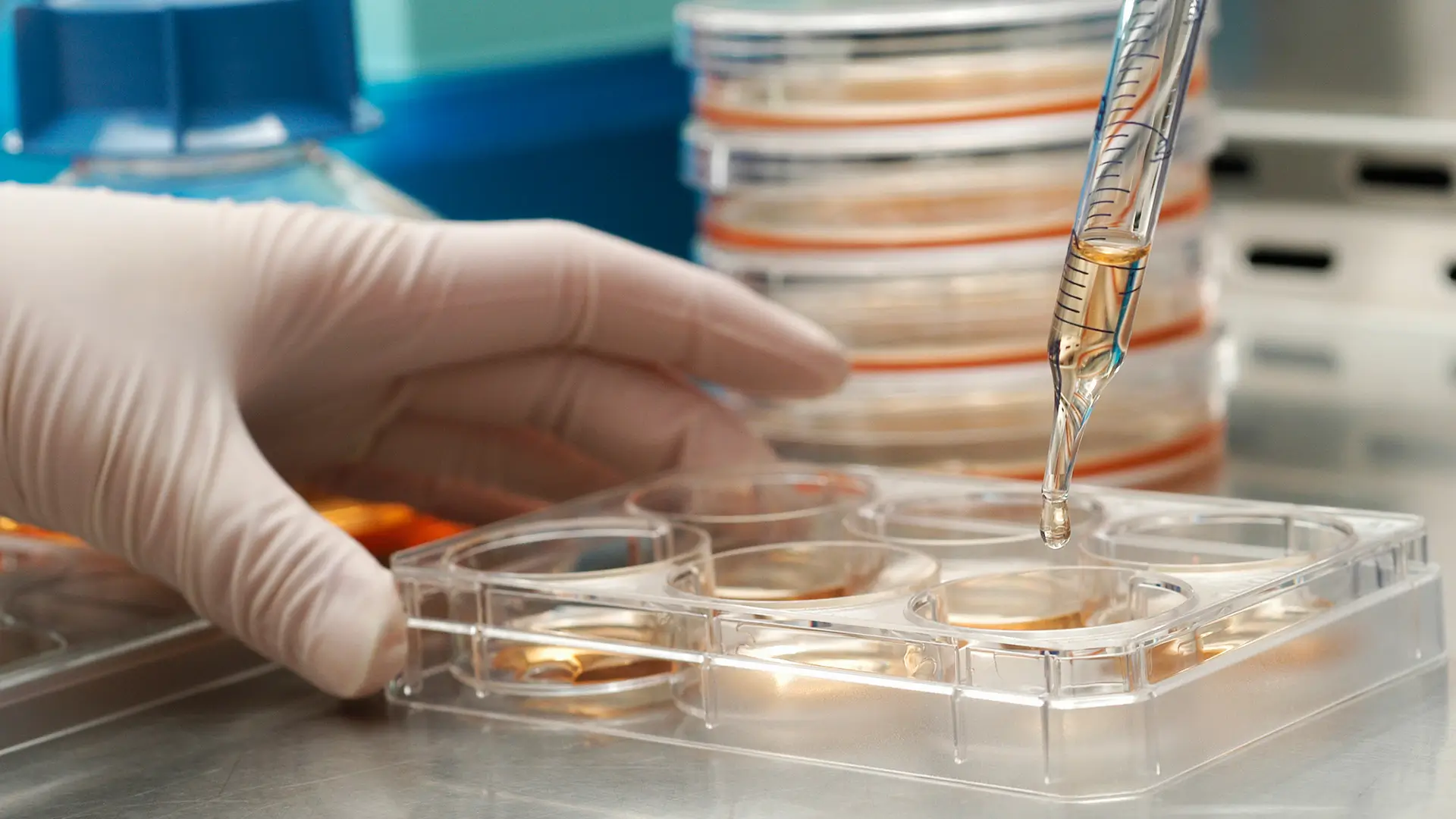Stem Cell Therapy: Revolutionizing Treatment for Joint and Tissue Injuries
Stem cells are the cornerstone of one of the most exciting advancements in medical treatment today. Unlike specialized cells in the body, such as muscle cells, red blood cells, or epithelial cells, stem cells are unspecialized. This means they don’t have a predefined role; instead, they possess the remarkable ability to transform into various types of cells that make up the body’s tissues, including bone, tendon, ligament, cartilage, muscle, and more. Moreover, stem cells are self-renewing, which allows them to produce additional stem cells, providing a unique resource for repairing damaged tissue and organs.
How Do Stem Cells Function?
Stem cells work by attaching themselves to damaged tissues, such as those found in arthritic joints or injured tendons. Once attached, they can sense the injury’s microenvironment and determine the necessary type of cells and molecules required for healing. This adaptability enables stem cells to initiate the growth of new cells and act as a natural repair mechanism, releasing a combination of growth factors and proteins to stimulate the repair and growth of damaged tissues, including cartilage and tendons.

The Benefits of Stem Cell Therapy
Stem cell therapy offers a promising alternative for treating various conditions, particularly osteoarthritis and injuries to tendons, ligaments, and meniscus tears. Osteoarthritis, a progressive degenerative condition, gradually wears down the cartilage, cushioning the joints, leading to pain and loss of function. Traditional treatments often fail to restore this lost cartilage or address the underlying damage. Stem cell therapy aims to reduce pain and improve joint function by regenerating cartilage tissue and reversing joint damage.
For patients who have not found relief through NSAIDs, steroids, or viscosupplements or those looking to avoid or delay surgery, stem cell therapy presents a viable treatment option. It is also considered for treating specific tendon/ligament injuries, plantar fasciitis, or meniscus tears that have not improved with conventional treatments.
Who is a Candidate for Stem Cell Therapy?
Individuals experiencing joint pain due to osteoarthritis, tendonitis, torn tendons, ligament injuries, meniscus or labral injuries, or cartilage defects may be candidates for stem cell therapy using Bone marrow aspirate. This therapy is also suitable for those seeking to restore joint cartilage and delay the progression of arthritis without age restrictions.
A thorough evaluation, including a medical history review, physical examination, and imaging studies, will help determine if stem cell therapy is an appropriate option.

What to Expect After Treatment
Stem cell therapy is performed under conscious sedation and local anesthesia to minimize discomfort, with most patients reporting minimal pain. Post-treatment, some swelling, stiffness, and pain are common, but significant improvements are often observed within two to three months. It’s advised to avoid NSAIDs for 8 to 10 weeks post- stem cell therapy procedure to not hinder the regenerative process.
Safety and Success Rate of Stem Cell Therapy
Stem cell therapy is considered safe, with minimal risk for adverse reactions or complications, as the cells originate from the patient’s body. While infections are rare, they represent a potential risk as with any injection procedure. Clinical research indicates significant improvements in pain, function, and cartilage quality following stem cell therapy, with many patients experiencing lasting benefits.
Insurance and Cost Considerations
Despite its effectiveness, stem cell therapy is often not covered by insurance companies, as it’s considered experimental. However, payment plans and financing options are available. Typically, a single injection costs 2800, and two joints cost 3200 dollars.

Conclusion
Stem cell therapy is a pioneering field, offering hope and a novel approach to treating conditions that were once considered challenging to manage. As research progresses, this therapy continues to show promise for not only improving symptoms but potentially offering longer-term relief and recovery for patients with joint and tissue injuries.
Frequently Asked Questions
Stem cell therapy is a medical treatment that uses stem cells to repair or replace damaged tissues and cells in the body. These stem cells have the ability to differentiate into various cell types, offering potential treatments for a range of conditions.
The stem cell therapy benefits include promoting healing and reducing inflammation, potentially leading to improved recovery times and reduced symptoms for various conditions. For example, stem cell therapy for knees can help in regenerating cartilage and reducing pain.
The stem cell therapy procedure typically involves harvesting stem cells from the patient’s bone marrow or adipose tissue, processing these cells, and then injecting them into the affected area. The goal is to promote healing and tissue regeneration.
The stem cell therapy success rate can vary depending on the condition being treated, the patient’s overall health, and the specific protocol used. Research is ongoing, but many patients report significant improvements, particularly for conditions like back pain and arthritis.
The stem cell therapy advantages and disadvantages include potential benefits like reduced pain and improved function for conditions such as stem cell therapy for knees and stem cell therapy for back pain. However, there are also risks such as infection, rejection, and the possibility that the therapy might not be effective for every individual. It is essential to consult with a healthcare provider to understand the potential risks and benefits in the context of your specific health needs.

